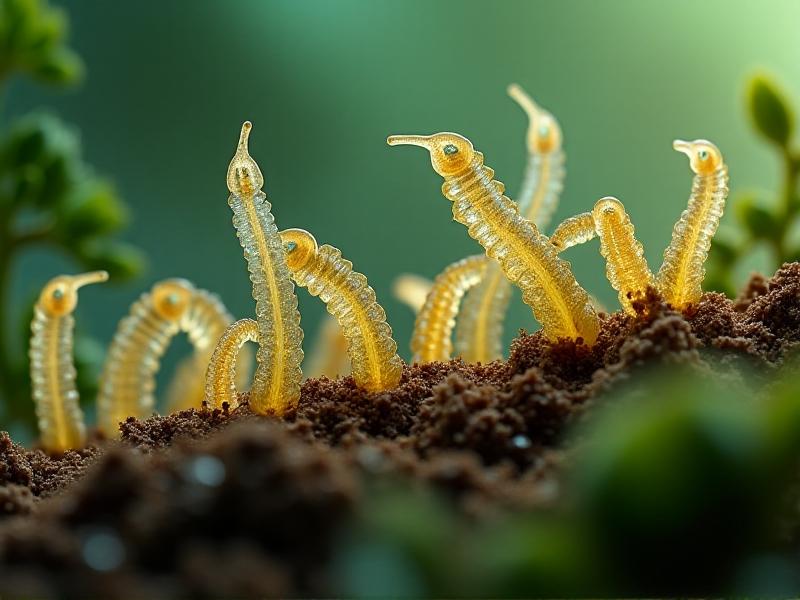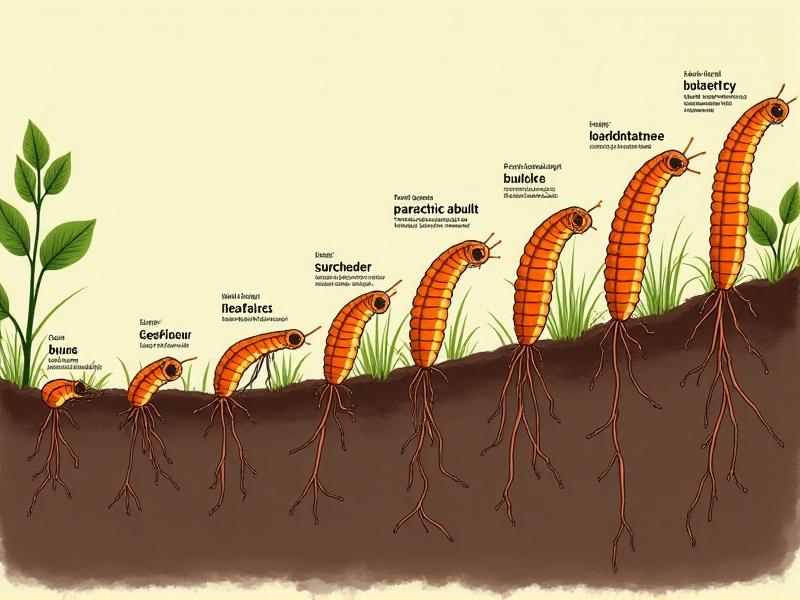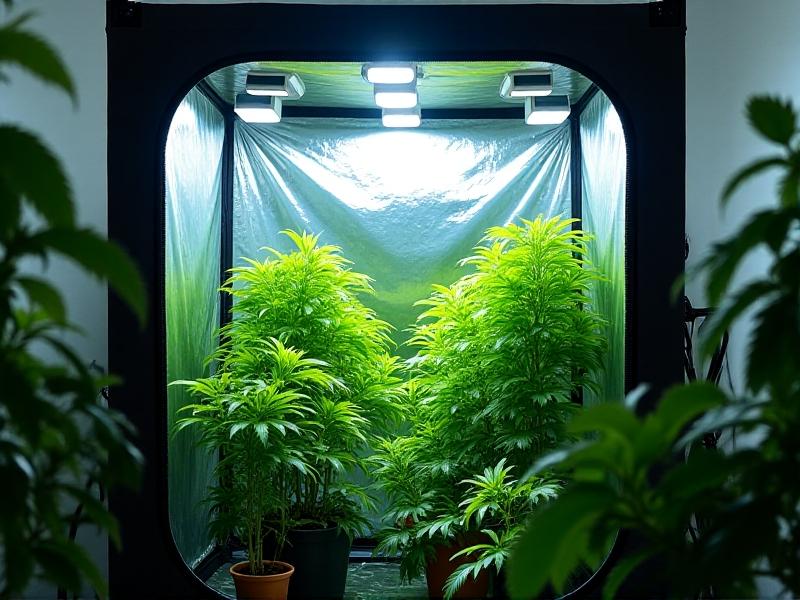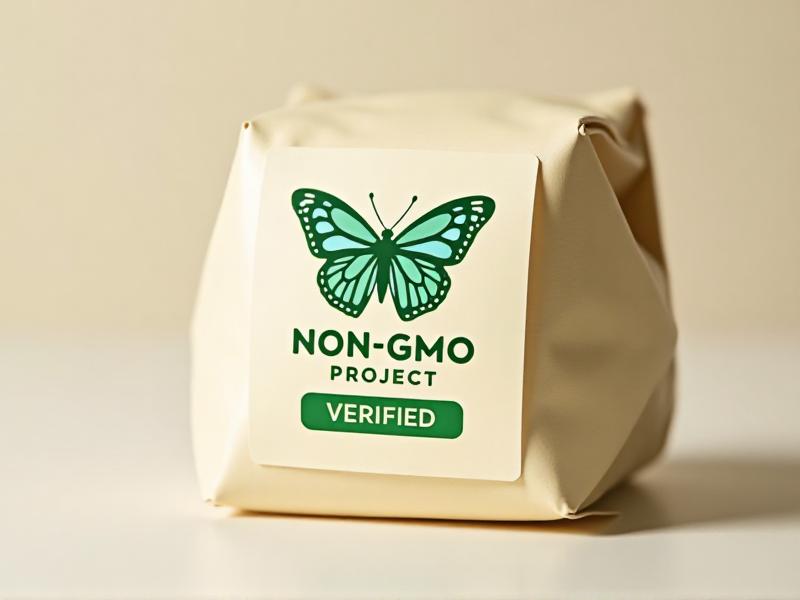Biological Control: Beneficial Nematodes
Understanding Biological Control: An Introduction
Biological control is a sustainable approach to managing pests by using natural predators, parasites, or pathogens. Among the most effective biological control agents are beneficial nematodes. These microscopic roundworms are natural enemies of many soil-dwelling pests, making them a valuable tool in integrated pest management (IPM) systems. Unlike chemical pesticides, beneficial nematodes are environmentally friendly, target-specific, and do not harm beneficial insects, humans, or animals. This article delves into the fascinating world of beneficial nematodes, exploring their biology, applications, and the science behind their effectiveness.

The Science Behind Beneficial Nematodes
Beneficial nematodes belong to the families Steinernematidae and Heterorhabditidae. These nematodes are parasitic, meaning they infect and kill their host pests. The process begins when nematodes enter the host through natural openings or by penetrating the cuticle. Once inside, they release symbiotic bacteria that multiply rapidly, causing septicemia and killing the host within 24-48 hours. The nematodes then feed on the bacteria and host tissues, reproduce, and release new generations into the soil to continue the cycle. This unique mechanism makes them highly effective against a wide range of pests, including grubs, weevils, and caterpillars.

Applications in Agriculture and Horticulture
Beneficial nematodes are widely used in agriculture and horticulture to control soil-borne pests. They are particularly effective in organic farming systems, where chemical pesticides are avoided. Nematodes can be applied to crops, lawns, and gardens using sprayers or irrigation systems. They are compatible with most fertilizers and pesticides, making them versatile for integrated pest management. Studies have shown that nematodes can reduce pest populations by up to 90%, significantly improving crop yields and quality. Their ability to target specific pests without harming beneficial organisms makes them a preferred choice for sustainable farming.

Advantages of Using Beneficial Nematodes
One of the primary advantages of beneficial nematodes is their safety. Unlike chemical pesticides, they pose no risk to humans, pets, or non-target organisms. They are also biodegradable, leaving no harmful residues in the environment. Additionally, nematodes are cost-effective, as they can be mass-produced and stored for extended periods. Their ability to adapt to various soil conditions and climates further enhances their practicality. By reducing reliance on chemical pesticides, beneficial nematodes contribute to healthier ecosystems and promote biodiversity. Their use aligns with global efforts to adopt sustainable agricultural practices.
Challenges and Limitations
Despite their many benefits, beneficial nematodes are not without challenges. Their effectiveness can be influenced by environmental factors such as temperature, moisture, and soil type. Nematodes require specific conditions to thrive, and their application timing must align with the pest lifecycle. Additionally, they are sensitive to UV light, which can reduce their viability if applied during the day. Storage and handling also require careful attention to maintain their potency. While nematodes are effective against many pests, they may not be suitable for all pest species or infestations. Understanding these limitations is crucial for maximizing their potential.
Future Prospects and Research
The future of beneficial nematodes in biological control looks promising. Ongoing research aims to enhance their efficacy through genetic engineering and improved formulation techniques. Scientists are also exploring their potential in controlling emerging pests and diseases. As awareness of sustainable practices grows, the demand for nematodes is expected to increase. Advances in production and application methods will likely make them more accessible to farmers and gardeners worldwide. By integrating nematodes into broader pest management strategies, we can move closer to achieving sustainable agriculture and protecting our planet’s ecosystems.
How to Use Beneficial Nematodes Effectively
To maximize the effectiveness of beneficial nematodes, proper application is key. Start by identifying the target pest and selecting the appropriate nematode species. Nematodes should be applied during the early morning or late evening to avoid UV exposure. Ensure the soil is moist, as nematodes require water to move and locate their hosts. Use a sprayer or irrigation system to distribute them evenly across the area. Monitor pest populations after application to assess their effectiveness. By following these guidelines, you can harness the full potential of beneficial nematodes in your pest control efforts.
Conclusion: Embracing Sustainable Pest Control
Beneficial nematodes represent a powerful and sustainable solution to pest control. Their ability to target specific pests, combined with their environmental safety, makes them an invaluable tool in modern agriculture and horticulture. While challenges exist, ongoing research and advancements continue to improve their efficacy and accessibility. By adopting beneficial nematodes, we can reduce our reliance on chemical pesticides, protect ecosystems, and promote a healthier planet. Whether you’re a farmer, gardener, or environmental enthusiast, beneficial nematodes offer a natural and effective way to manage pests while supporting sustainability.






